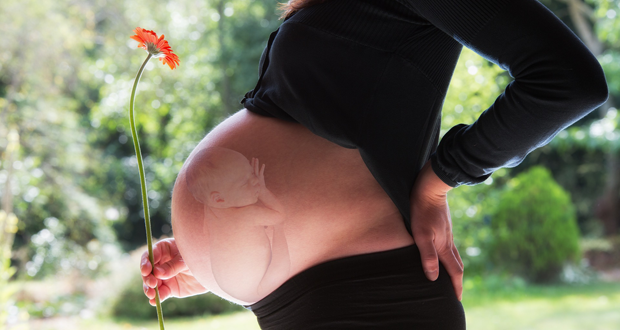Stages of Prenatal Growth and Development
Prenatal growth and development goes through different stages. Pregnant women need to know what happens on each stage so that they may better understand what they are going through. The first stage is called the germicidal stage which is also known as conception. The sperm cell fertilizes the egg when they meet somewhere along the fallopian tube. After fertilization, the zygote will then have to move to the uterus. The fertilized egg or zygote may take a week to reach its destination. Cell division then occurs after the conception period. This process continues at a rapid rate as the systems of the new life begin forming. This is also known as the blastocyst that is implanted into the uterus.
The next stage of prenatal growth and development follows after the blastocyst has attached itself to the uterine wall or after the process of implantation. This mass of cells which is now called as the embryo continues to grow until cell differentiation has been attained. The cell differentiation is vital for the development of the different systems of the body. This is also the time when the placenta and the umbilical cord are developed. These are needed for the sustenance of the embryo inside the uterus. The later part of the embryonic stage would allow for some features to be defined like fingers, mouth, eyes and ears.
The different features continue to develop and be completed as the embryo steps into the next stage of prenatal growth and development. The embryo now becomes a fetus at the next stage. The body systems as well as other structures still continue to be developed. The spinal cord and the brain develop at this time. By the end of the third month, the sex organ becomes prominent. The fetus grows and develops at this time. Its weight and length may increase especially towards the latter part of pregnancy.
Most prenatal growth and development occur normally and without any problems although there may be some slight differences. However, there are times when some genetic or environmental factors may affect the new life form. These factors may cause the infant to be born with the Down syndrome, Sex-chromosome problems as well as some inherited diseases. Some environmental factors such as drug use and maternal diseases may also affect the prenatal growth and development. Mothers who are pregnant either by choice or by circumstances should strive to be healthy not only for themselves but for their babies to come out healthy and strong.
You can see more about prenatal development on our week-by-week table here.
 Mums and Bubs
Mums and Bubs





